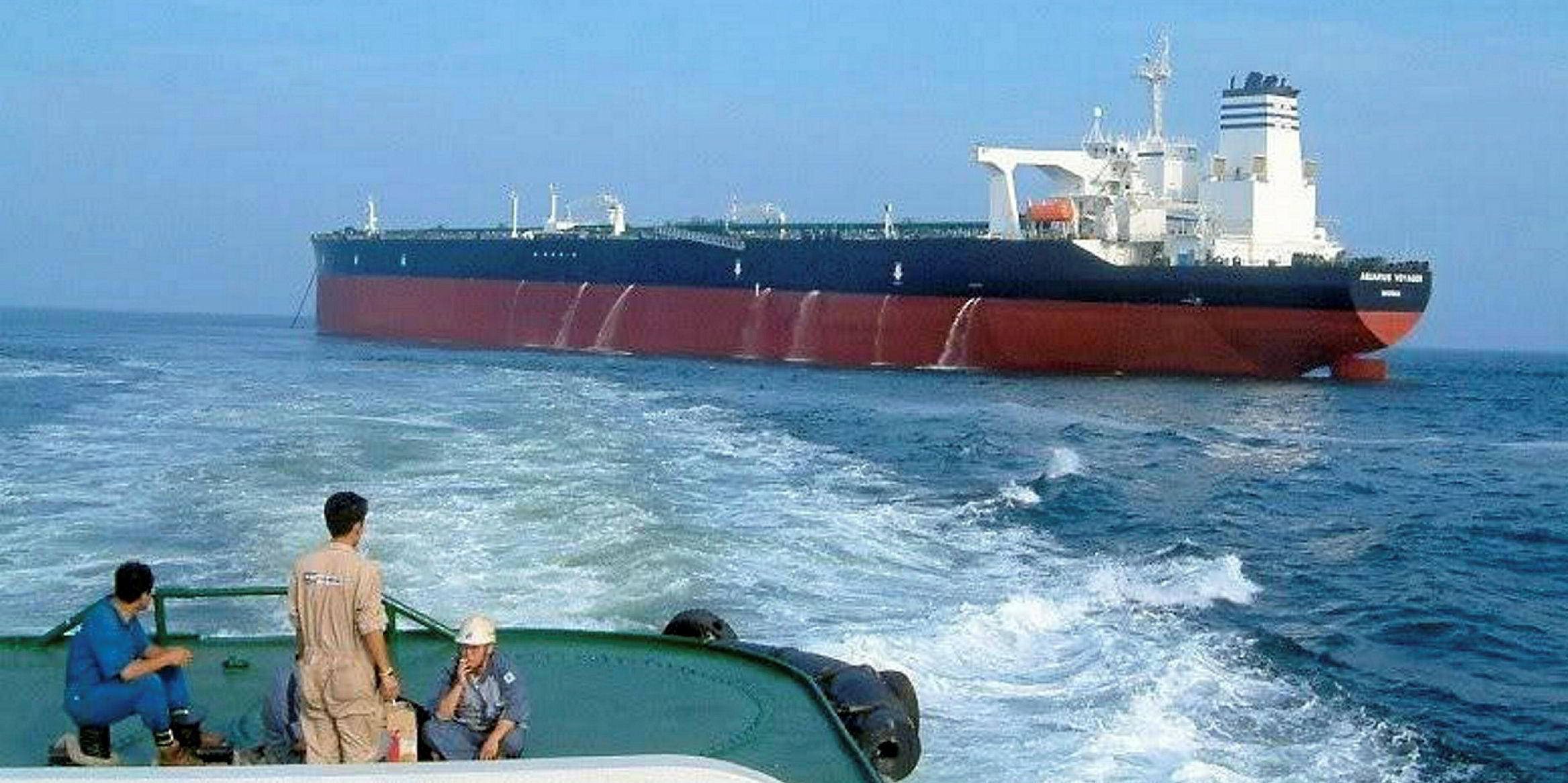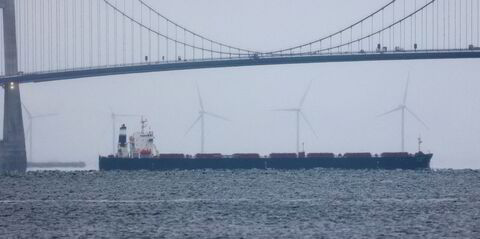VLCC owners are facing an enviable dilemma: take advantage of surging spot earnings, or fix ships out on short charters in floating storage deals?
According to the Baltic Exchange, spot earnings of VLCCs on the Middle East Gulf-China trade rose another $28,150 to $194,297 per day on Thursday, continuing the rate rally that began on Monday.
Tanker International data showed the non-scrubber, 319,400-dwt Skopelos (built 2002) was chartered by ChemChina at Worldscale 180 for the trade on subjects, with a loading date between 29 and 31 March.
The scrubber-fitted, 313,900-dwt C Challenger (built 2013) was tentatively booked by Bahri, the most active charterer this week, for a similar trade at the same rate. No information on the loading time is available.
The highest rate seen on Wednesday was achieved by the 317,000-dwt Maran Antares (built 2012) at WS 170 for a MEG-Thailand shipment.
According to analysts, the buoyant sentiment in spot trade came as Saudi Arabia launched a price war with Russia and other Middle Eastern producers, flooding the market with oil despite demand weakness amid the coronavirus outbreak.
This development came in parallel with strong enquires for floating storage from oil majors and trading houses, which wanted to take advantage of the oil market’s contango structure.
Brokers reported Shell chartered the 328,600-dwt Sea Pearl (built 2017) from Pantheon Tankers for three months at $50,000 per day, with an option to extend by three months, though the shipowner has denied the information. The energy major also fixed the 318,800-dwt Sea Lion (built 2003) for five months at $40,000 per day.
Ridgebury Tankers’ 306,000-dwt Ridgebury Progress (built 2000) was reportedly fixed to Trafigura for four to five months at $41,500 per day.
Those floating storage deals were believed to be done at the beginning of this week and show increased short charter rates.
Earlier, Unipec reportedly fixed the 299,000-dwt Elandra Elbrus 9built 2020) for six months at $38,000 per day. Euronav was said to charter the 441.000-dwt Europe to Glencore subsidiary St Shipping for the same period length at $36,000 per day.
Shell, Trafigura, Euronav and Glencore declined to comment on the charters. Bahri, ChemChina and Ridgebury Tankers did not immediately respond to emails seeking comment.
'Wait-and-see' mode
Tanker brokers said shipowners are seeking to push rates higher, with some six-month charters heard to be discussed at $80,000 per day.
In a note published on Wednesday, BTIG analyst Greg Lewis said the oil curve pointed to a spread making floating storage profitable.
“[The curve] should drive at least a few traders to close this arbitrage with VLCC tonnage,” he wrote.
When financing costs are not taken into account, a company may still earn profits by chartering a VLCC for three months at $77,500 per day and for six months at $61,000 per day as of Thursday morning, said a London-based analyst.
However, Alibra Shipping director Giuseppe Rosano said the floating storage market may be entering a “wait-and-see” mode, with charterers likely reluctant to commit before fully digesting the price war’s geopolitical complexities.
According to media reports, Saudi Arabia has aimed to increase market share among oil refineries in Europe and the US, in an attempt to squeeze out Russian producers.
“Geopolitics is a power play that has affected tanker shipping massively in the past six months,” said Bimco in a research note, adding that spot earnings would be supported if the Saudis can manage to secure buyers for its planned additional output of 2m barrels per day.
On the other hand, most tanker owners appear not in a rush to put their VLCCs in floating storage deals, given that spot earnings are still strong.
Compared with the spike in VLCC earnings last October, triggered by “panic” fixing due to US sanctions and Middle Eastern geopolitical tension, the spot momentum will last for longer this time, according to Clarksons Platou Securities.
“The [Middle Eastern] crude sales price for April is set for a month and that is giving refineries a huge windfall,” the brokerage said.
“European refineries are the main benefactors, being able to pay whatever Brent is less $10-barrel discount. This means that a simple refinery in Europe is having a margin of $10 to $15 per barrel versus zero just a week ago.”
“Even though freight rates are now surging to between $5 and $7.50 per barrel depending on the route, rates could still stay elevated for longer.”






